Sydney Opera House Project: Executing and Closing Projects Report
VerifiedAdded on 2023/03/17
|15
|1363
|88
Report
AI Summary
This report provides a critical analysis of the Sydney Opera House project, focusing on the causes of its significant cost and time overruns. It examines the project's initial scope, budget, and timeline, highlighting the substantial discrepancies between the planned and actual outcomes. The report delves into the range of control systems used and their effectiveness in managing cost, schedule, scope, and quality. It analyzes the reasons behind the overruns, including design changes, stakeholder conflicts, and a lack of technical expertise. The analysis extends to the project execution team's responsibility for the delays and increased costs, as well as the influence of various stakeholders, including the government and the project team. Furthermore, the report explores potential project management actions that could have been taken to better control the project and suggests improvements in communication, planning, and risk management. The conclusion emphasizes the importance of adhering to fundamental project management principles to avoid similar failures in the future.
1 out of 15
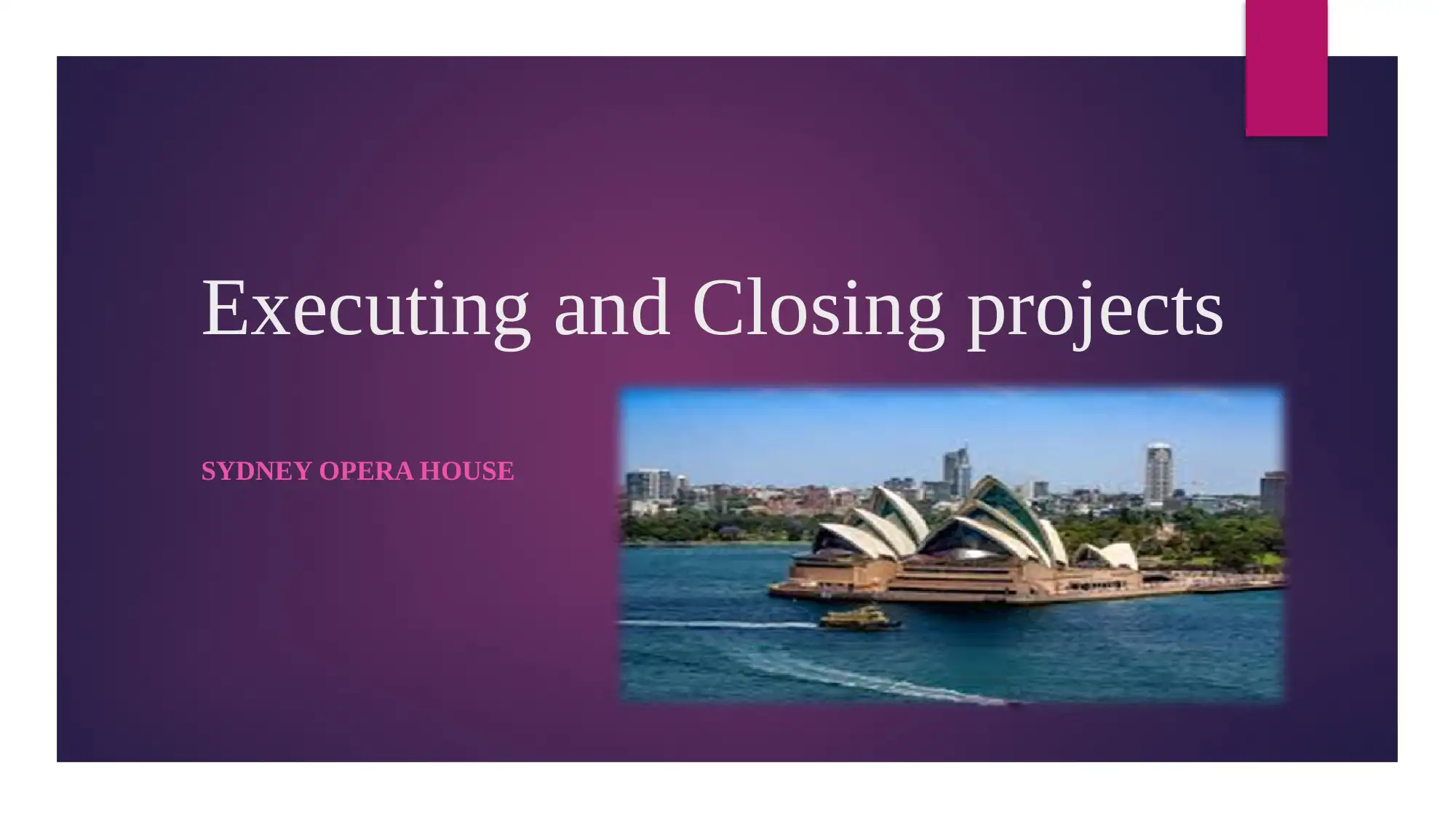
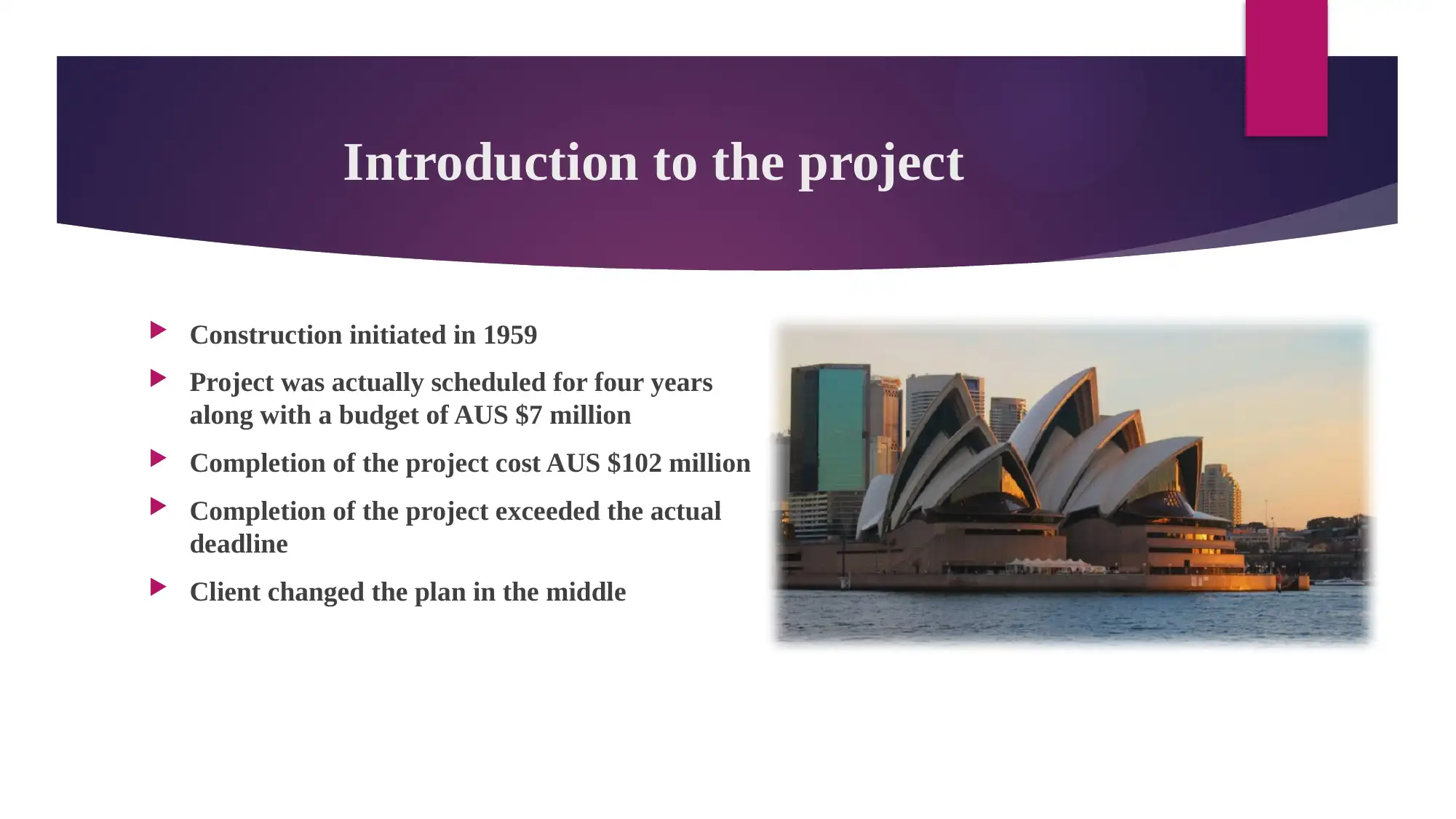
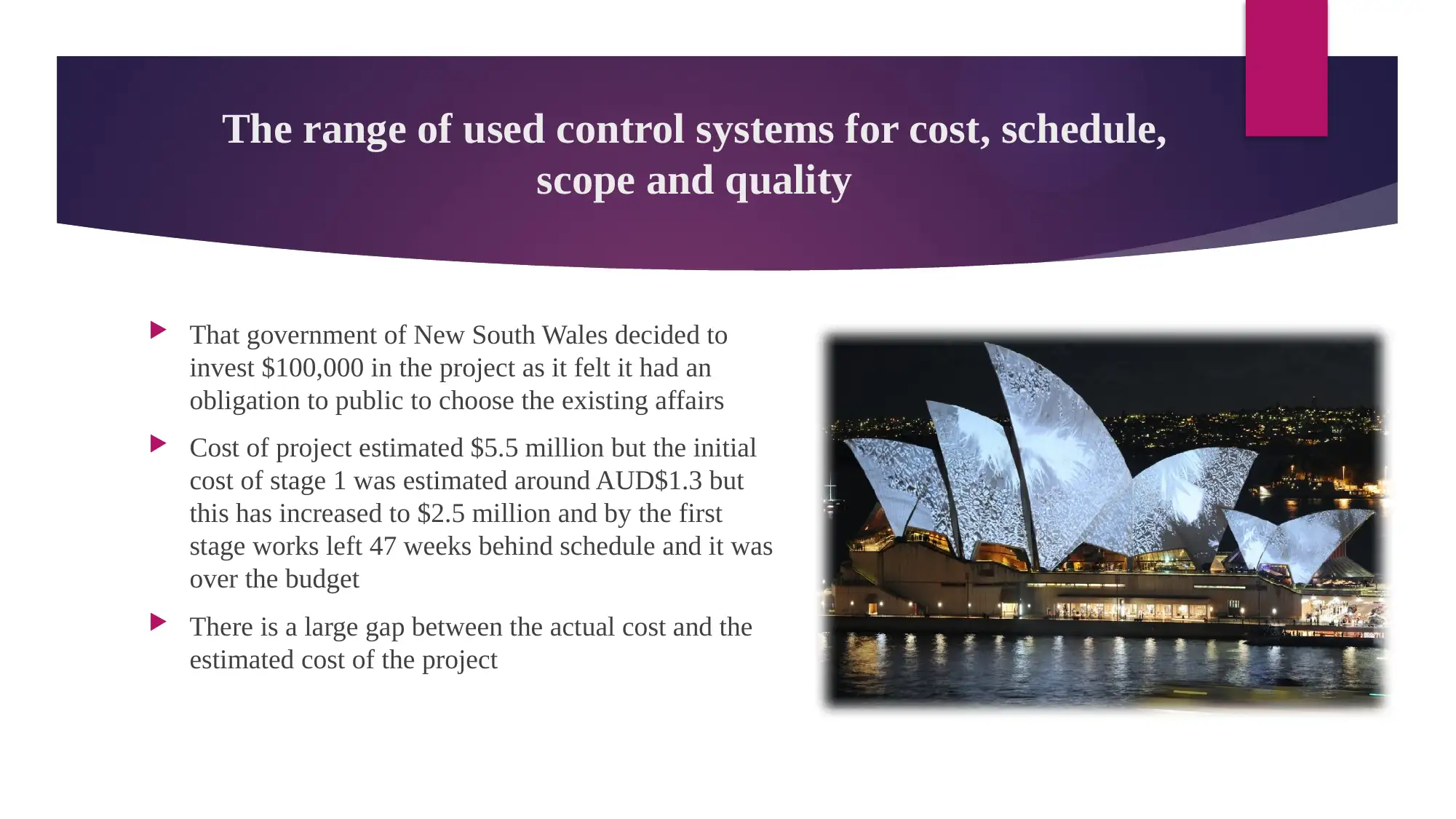

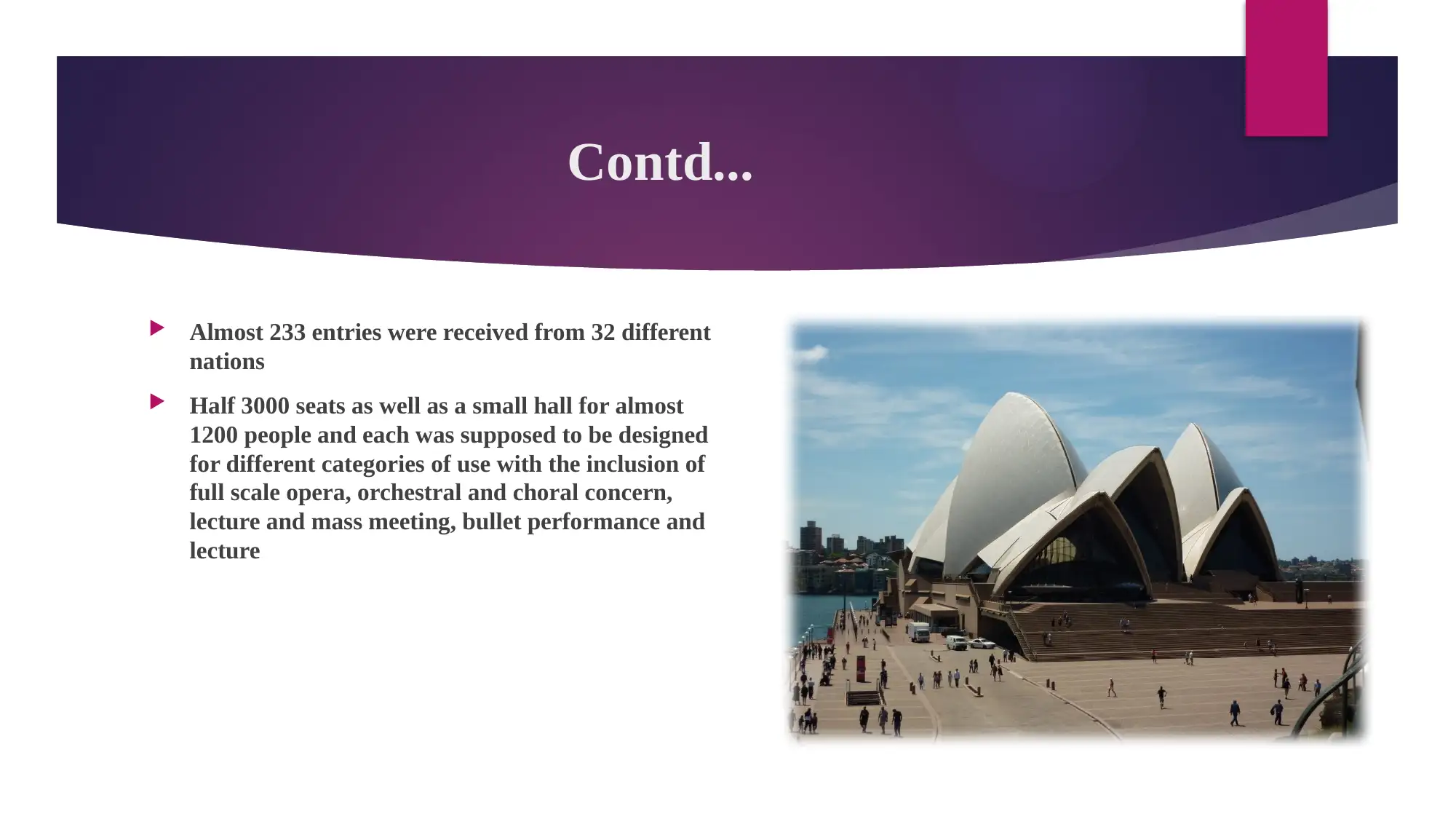
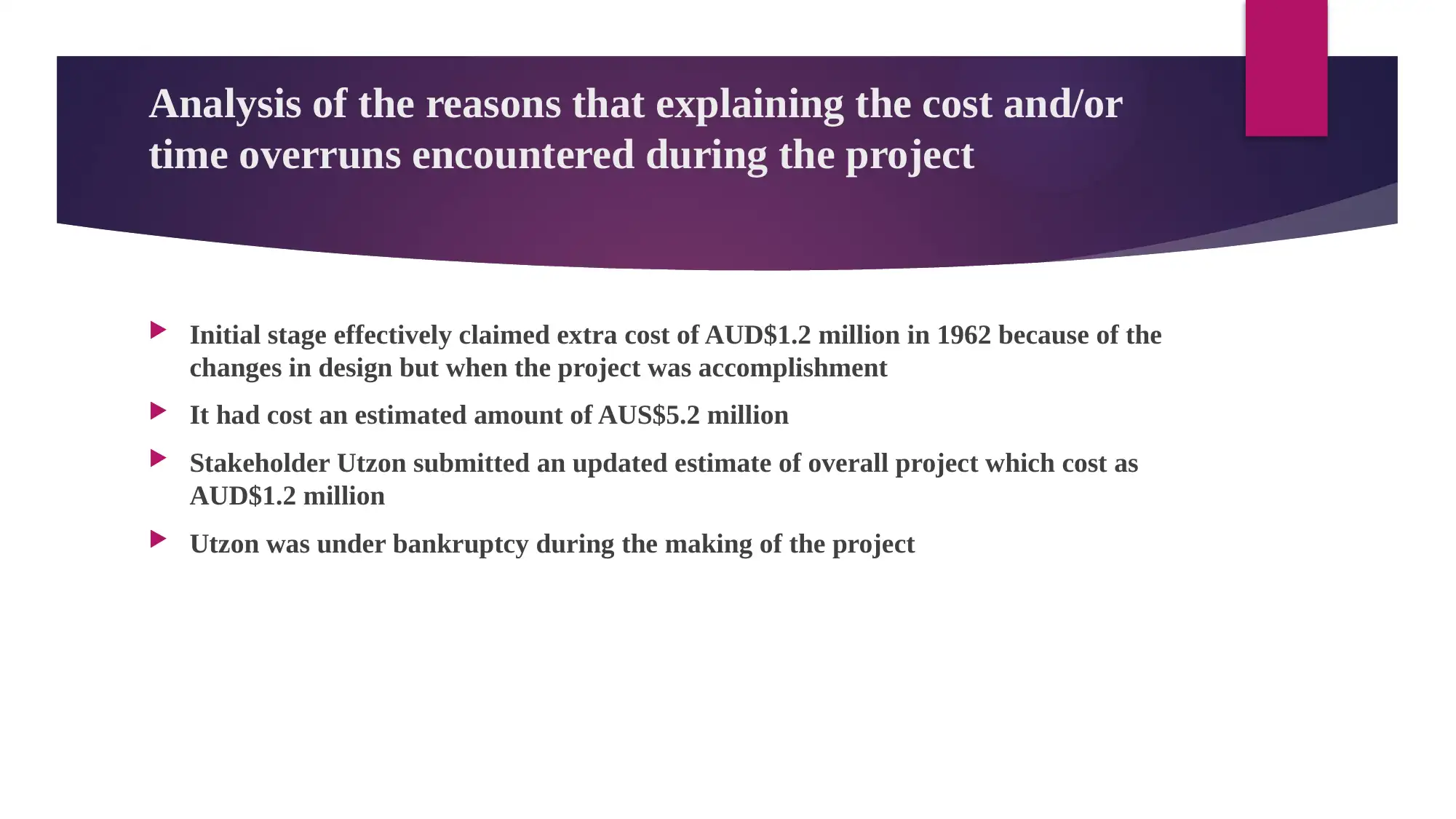
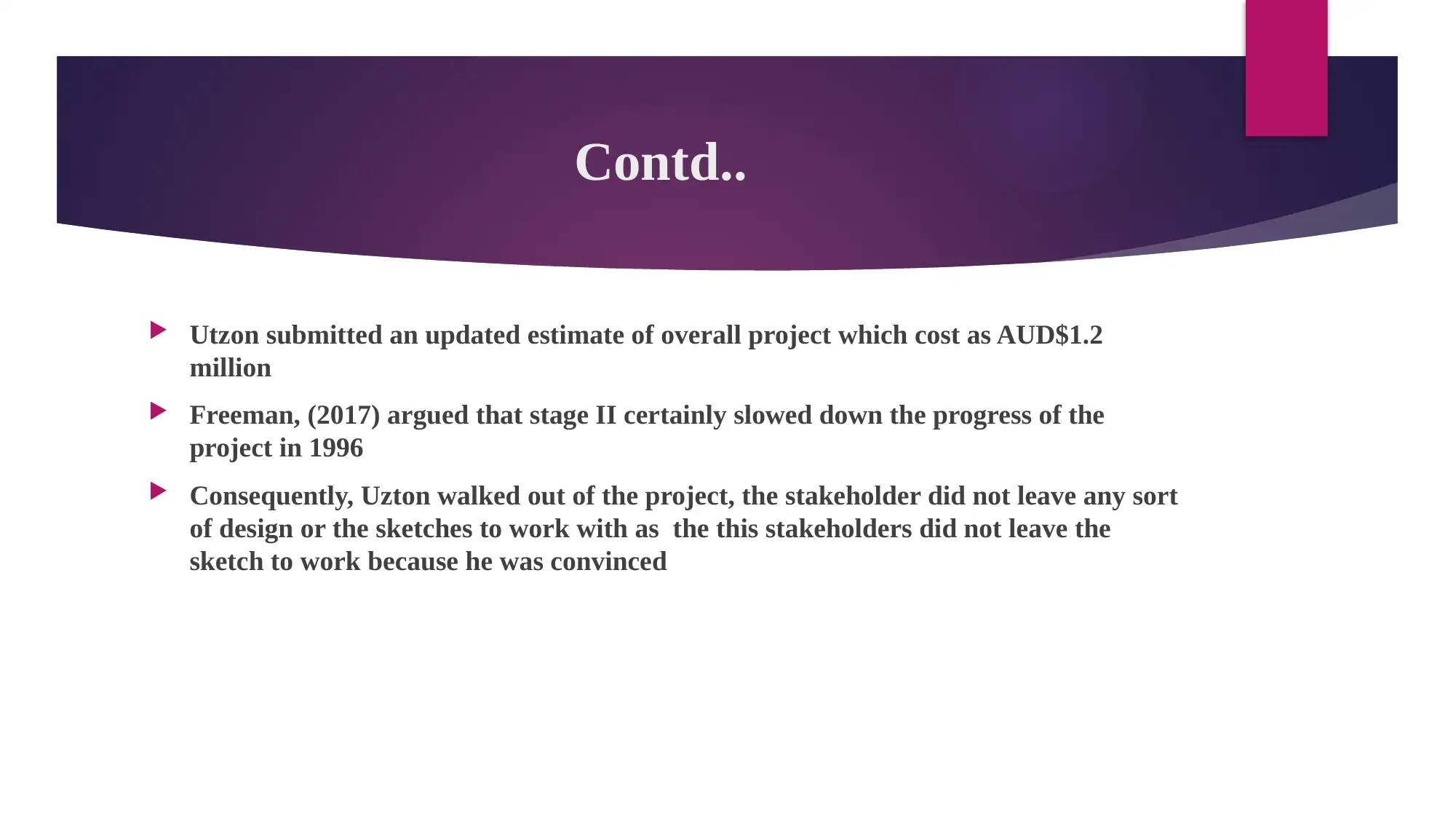
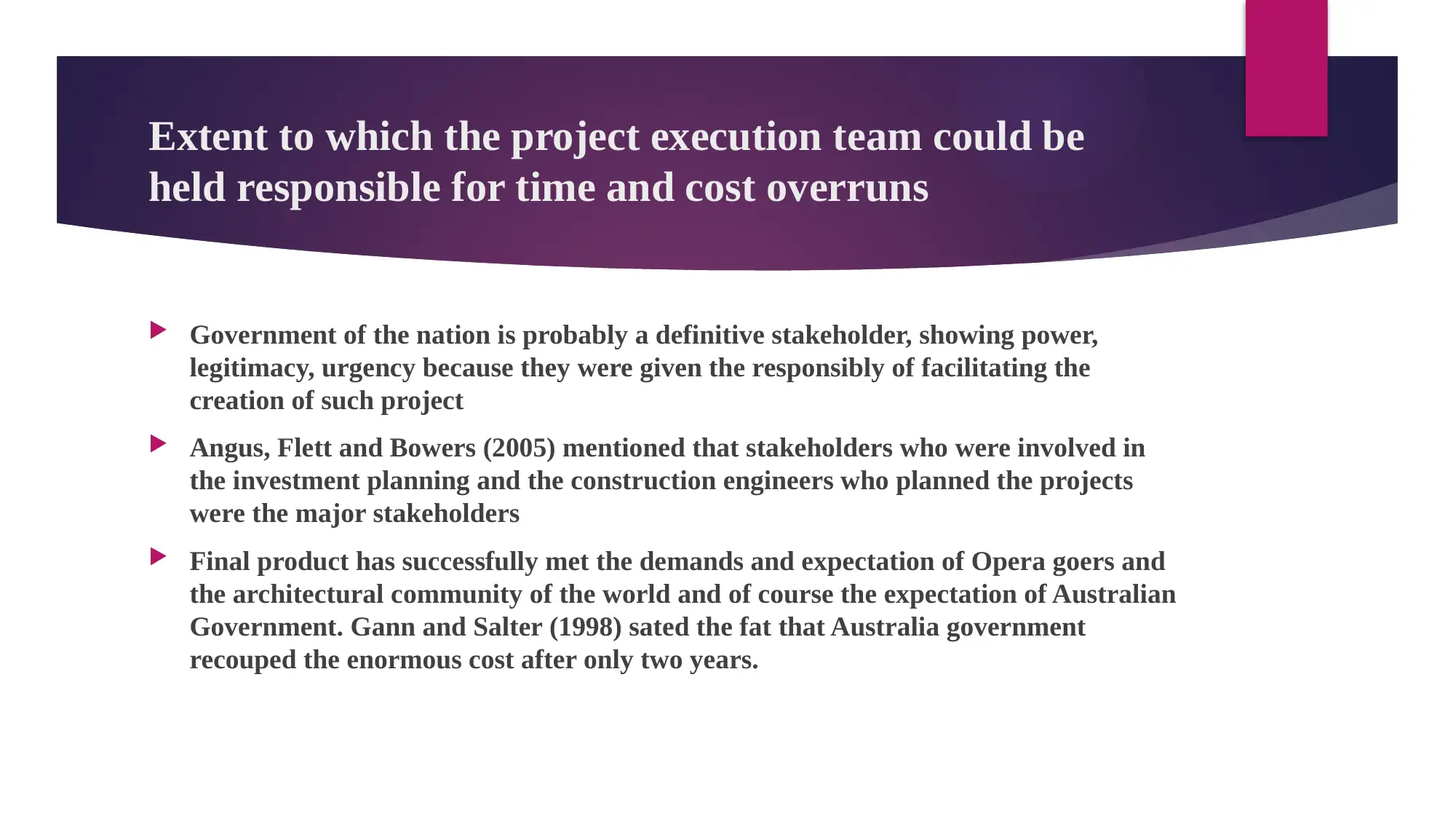
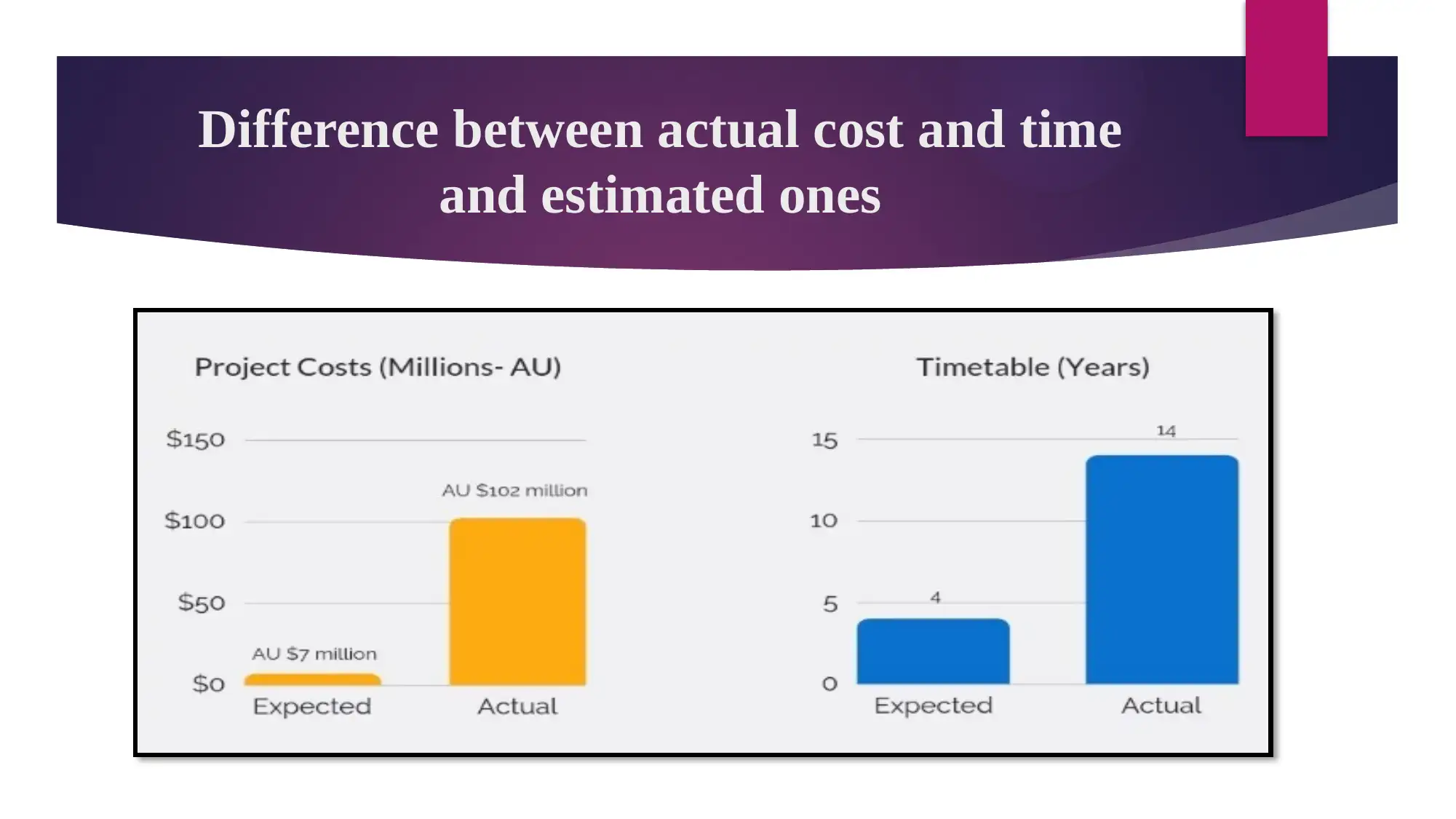
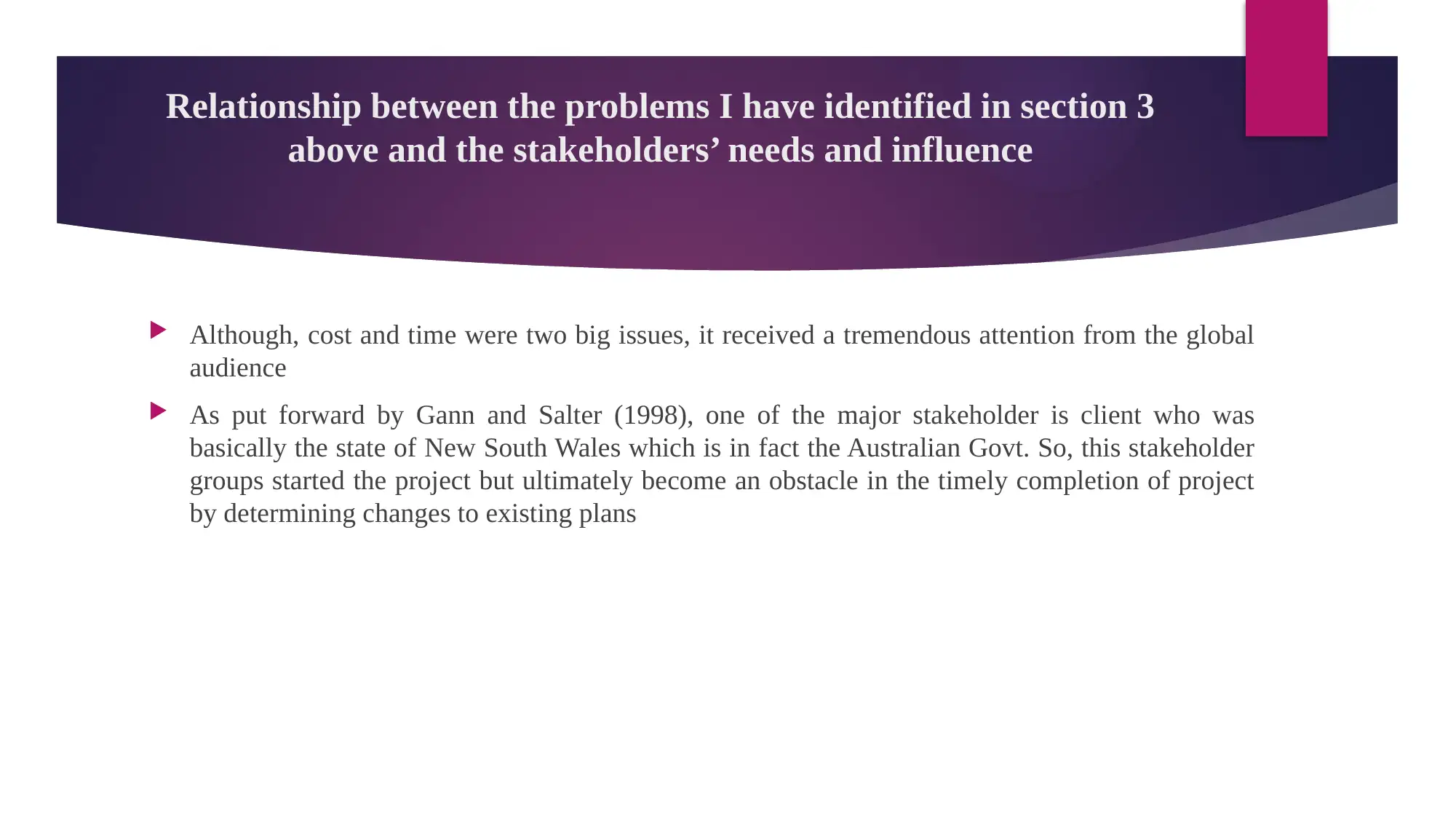
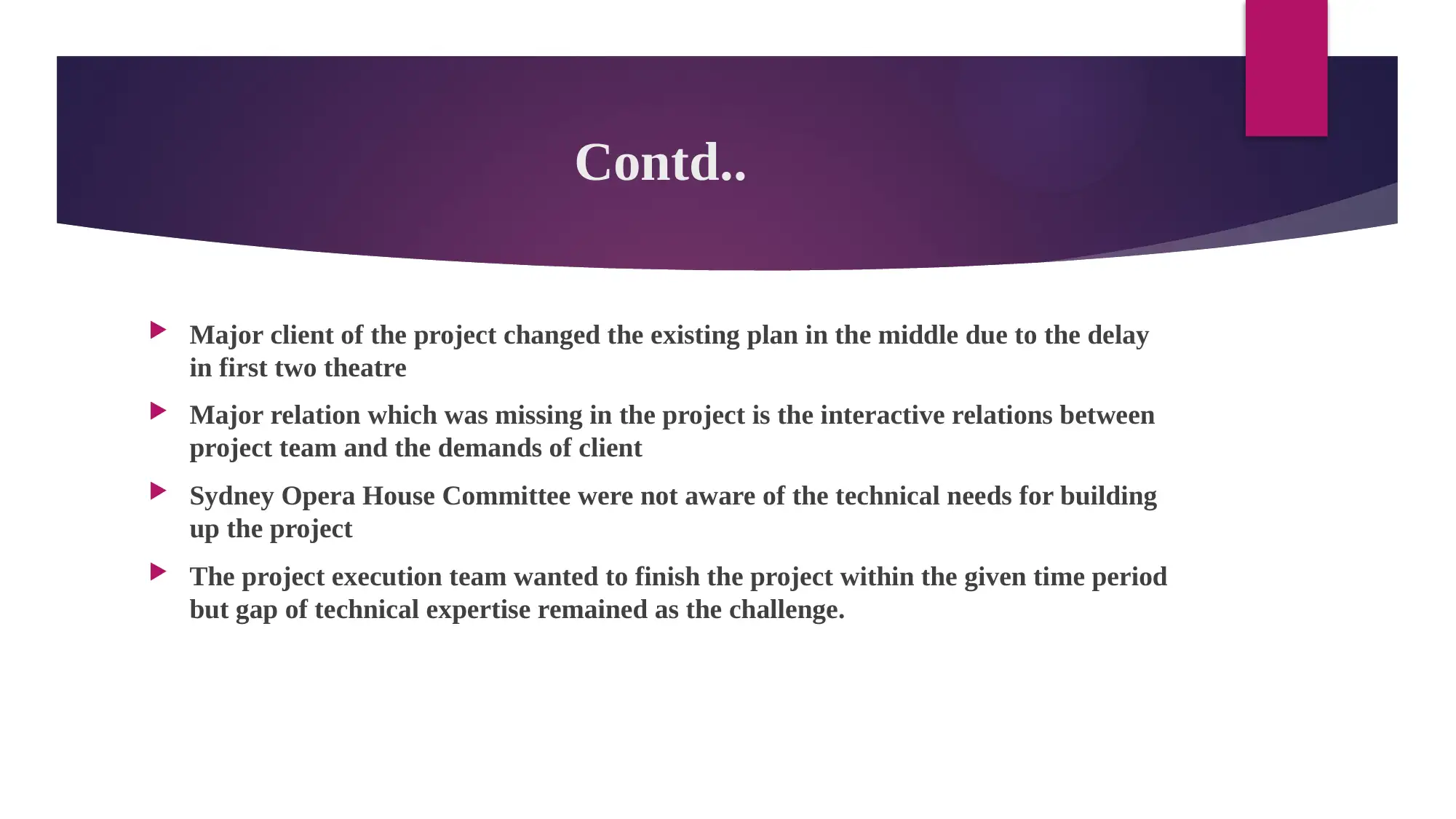
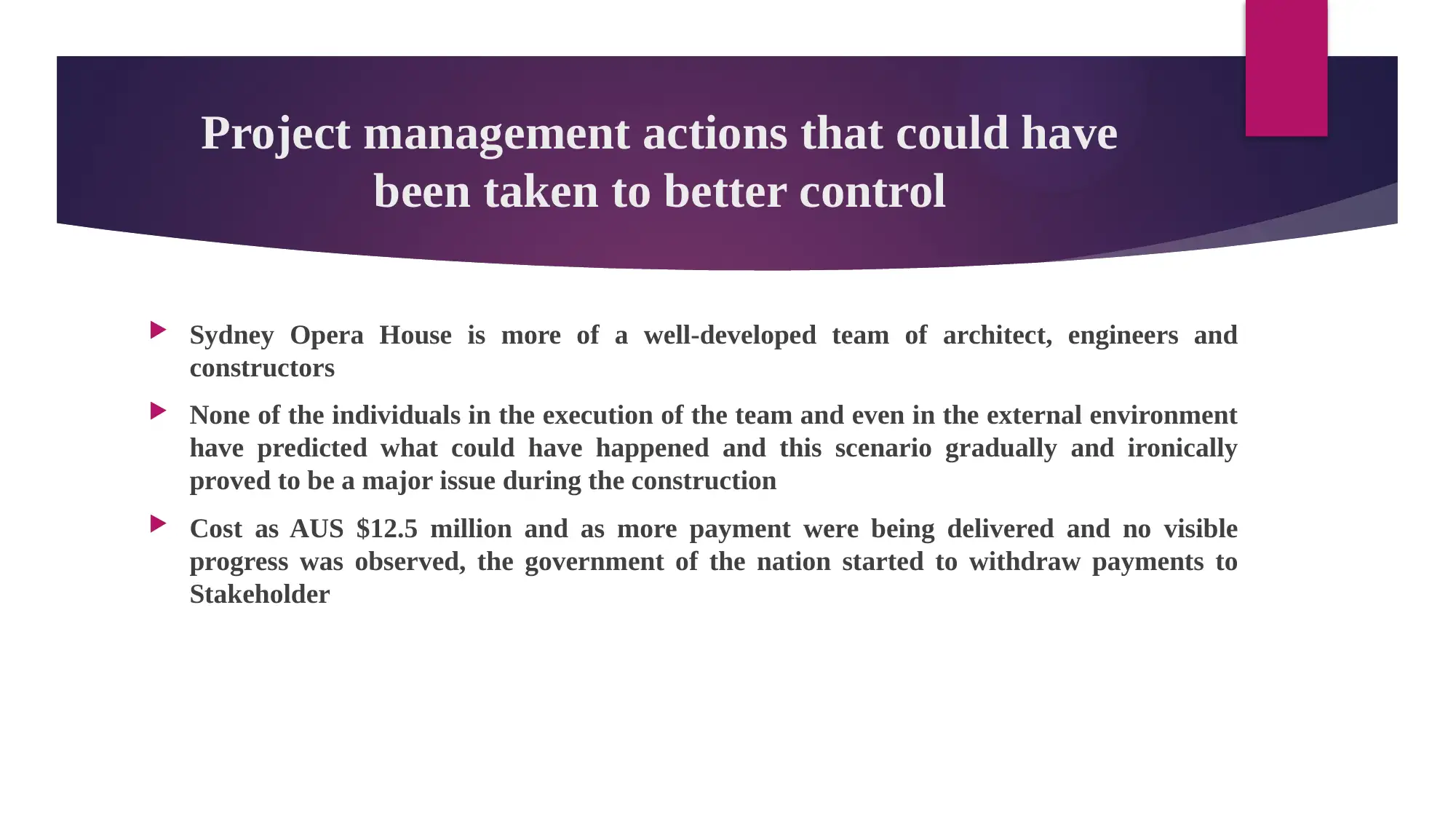
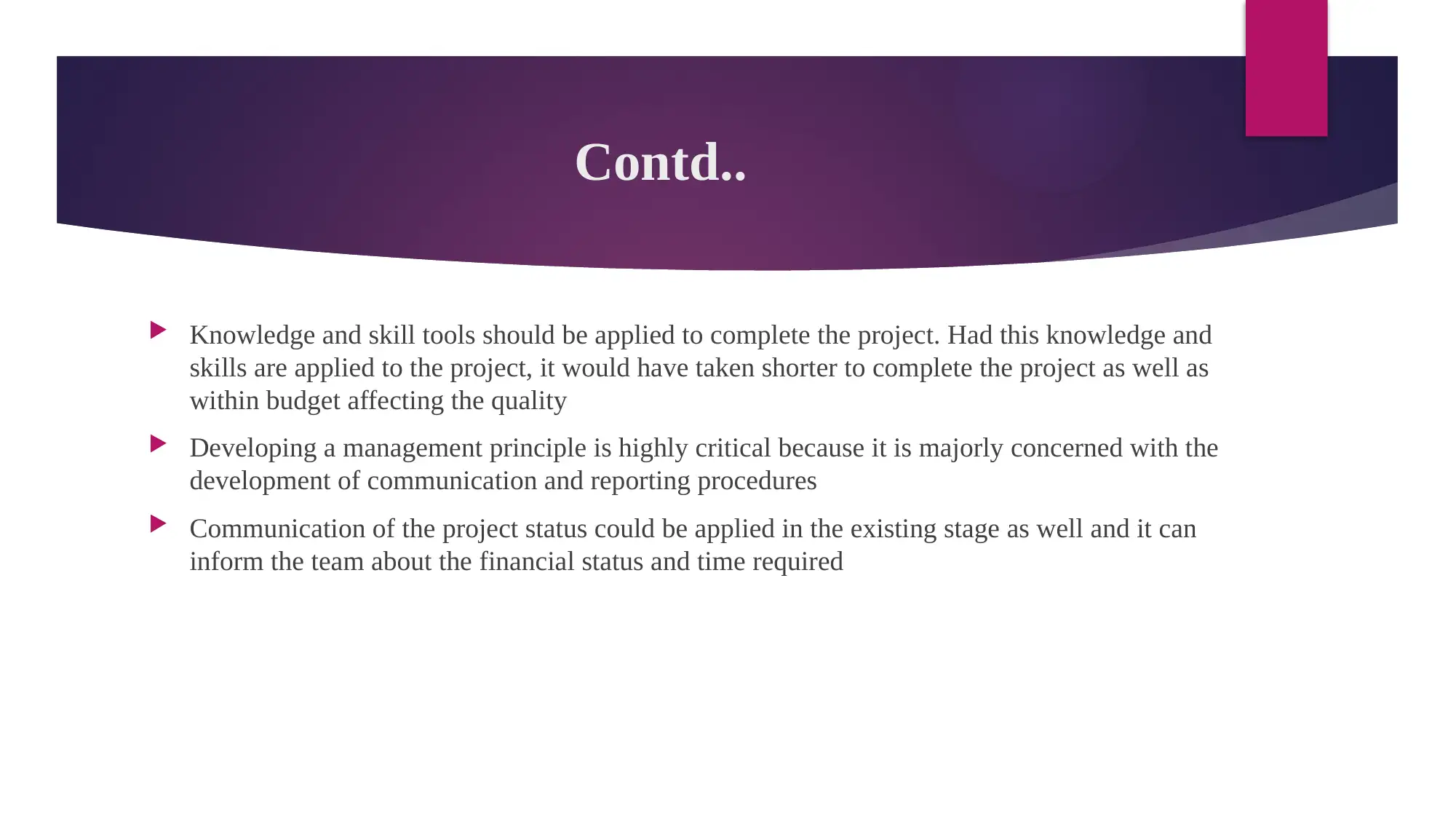



![[object Object]](/_next/static/media/star-bottom.7253800d.svg)